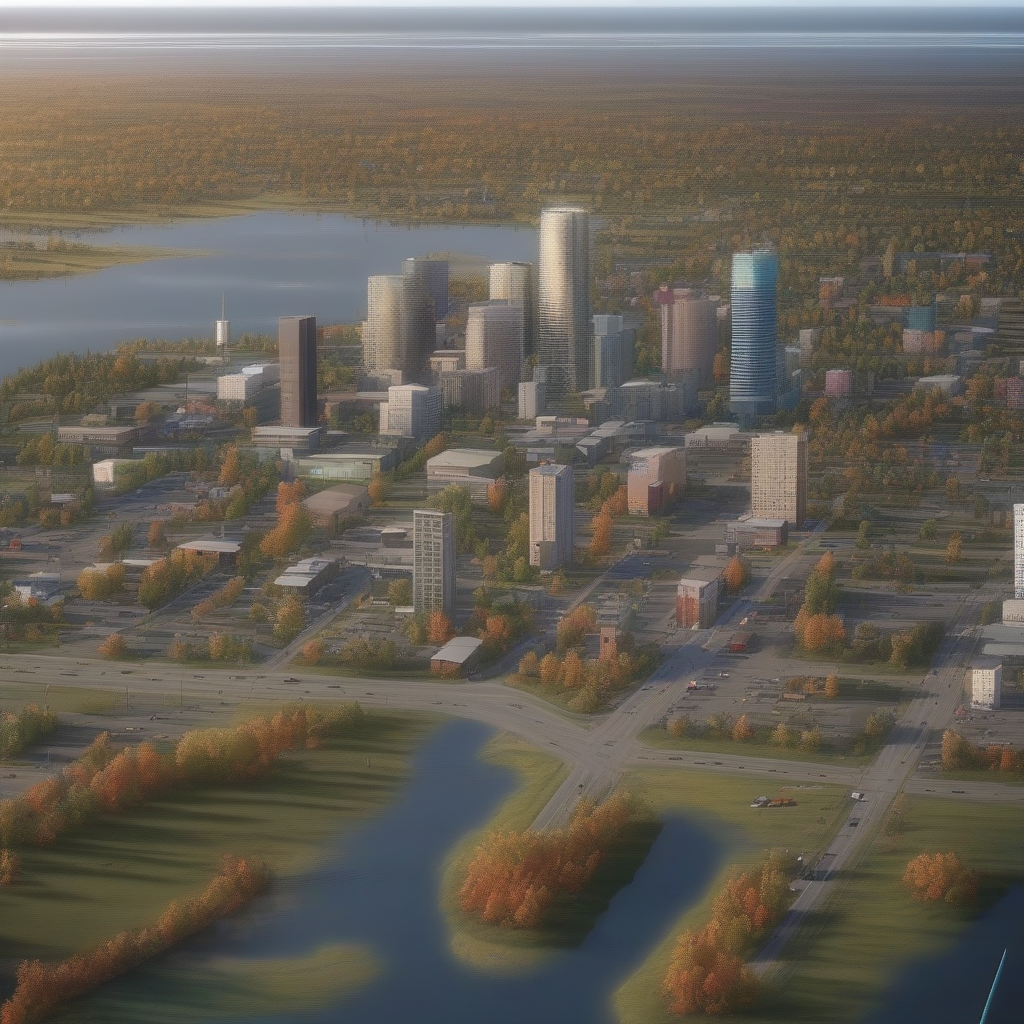Rias are unique coastal landforms found in various parts of the world, typically characterized by steep sides and a narrow, winding inlet that extends inland from the sea. These formations are created through a combination of geological processes, including erosion and sea level changes, often resulting in a picturesque and dynamic landscape.
One of the most well-known examples of a ria is the Ria Formosa in Portugal, which stretches along the Algarve coast and encompasses a network of islands, salt marshes, and lagoons. This ria is not only a stunning natural habitat for a variety of plant and animal species but also serves as an important area for fishing, tourism, and conservation efforts.
Rias are also commonly associated with regions that experience tides, such as those found in the Bay of Fundy in Canada and the West Coast of the United States. These tidal rias undergo significant changes throughout the day as the tide rises and falls, creating a dynamic and ever-changing landscape that supports a diverse ecosystem of marine life.
Overall, rias are fascinating and beautiful coastal features that play a crucial role in shaping the environment and providing unique habitats for a wide range of flora and fauna. Whether for their ecological significance, recreational opportunities, or sheer beauty, rias continue to capture the imagination and interest of scientists, tourists, and nature enthusiasts alike.
